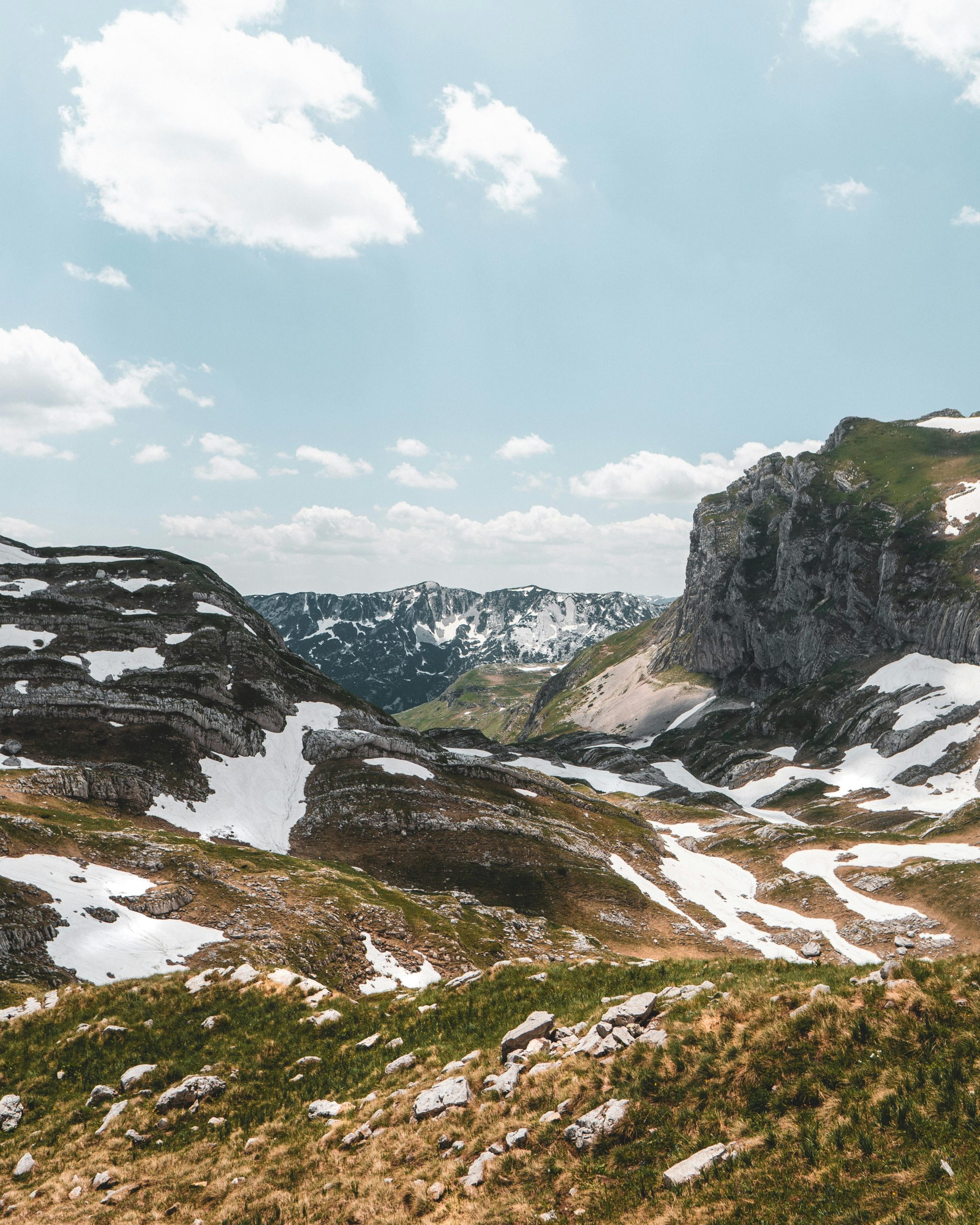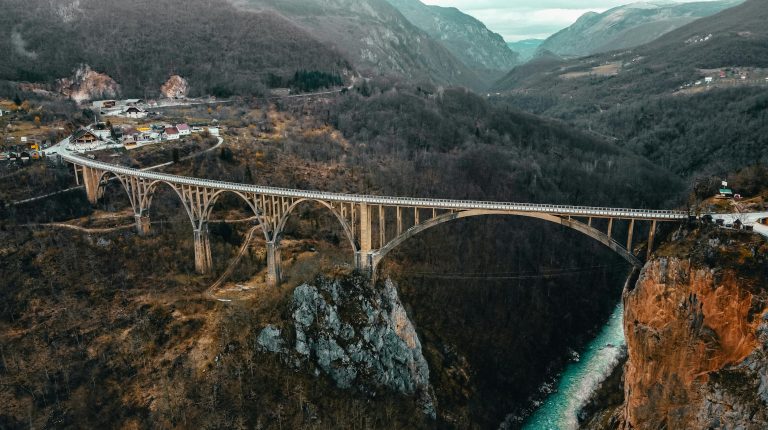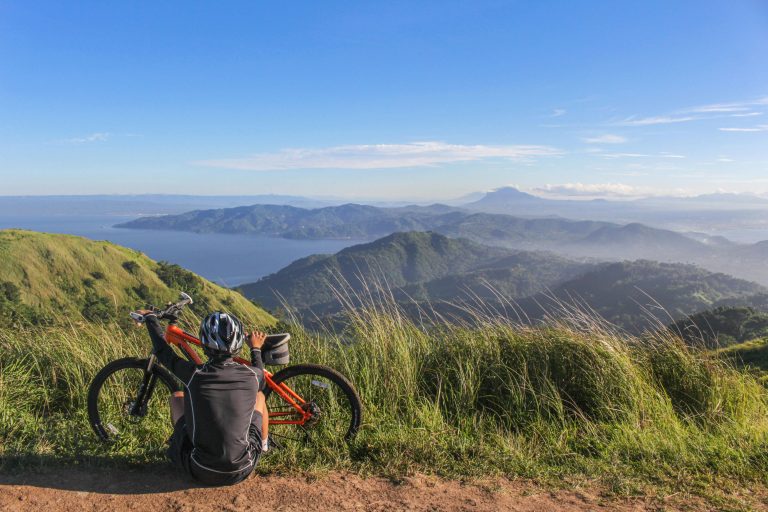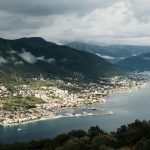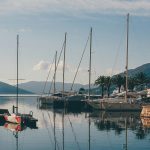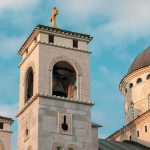Montenegro is a walker’s paradise. From UNESCO-listed towns to wild national parks, its compact size and varied terrain make it ideal for those who prefer to explore at a slower, more immersive pace. Whether you’re strolling through cobbled old towns, trekking along ancient caravan trails, or scaling dramatic mountain peaks, travelling on foot in Montenegro offers deep rewards.
Why Travel Montenegro on Foot?
Walking connects you directly with Montenegro’s rich natural and cultural landscapes. It’s environmentally friendly, budget-conscious, and ideal for those looking to discover the soul of a place without rushing.
Montenegrin towns are mostly walkable, and in the countryside, trails take you into places that are unreachable by vehicle. Along the way, you’ll encounter warm local hospitality, historic ruins, quiet forests, and some of the Balkans’ most stunning views.
Best Time to Walk or Hike
Spring (April–June) and Autumn (September–October) offer the most pleasant weather for walking. Expect mild temperatures, blooming landscapes, and fewer crowds.
Summer can be very hot, especially along the coast. Higher elevations remain cooler and more comfortable.
Winter hiking is only advisable in lowland areas unless you’re experienced with snow conditions and alpine gear.
Urban Walking: Cities and Towns
Montenegro’s towns are rich in history and charm, and many are best explored on foot.
Kotor: Wander the labyrinthine alleys of the Old Town, climb the fortress steps for a view over the bay.
Budva: A mix of beaches and a fortified medieval core, perfect for a seaside stroll.
Cetinje: The historic royal capital, filled with museums and quiet, leafy streets.
Ulcinj: Walk the promenade or head to the old citadel overlooking the sea.
These towns are generally compact and safe for pedestrians. Be aware that cobblestones and uneven pavements are common—wear sturdy shoes.
Hiking Trails and Routes
Montenegro is known for its exceptional hiking, with well-marked trails in national parks and rural areas.
1. The Ladder of Kotor: An old mule path with spectacular views over the Bay of Kotor. A challenging climb, but worth it.
2. Durmitor National Park: Dozens of trails from gentle forest walks to summits like Bobotov Kuk (2,523m). Žabljak is the gateway town.
3. Prokletije National Park: Remote and wild, this “Accursed Mountains” range offers serious hikes for experienced trekkers.
4. Lake Skadar National Park: Gentler trails through wetland scenery, vineyards, and monasteries. Great for birdwatchers and culture seekers.
5. Orjen and Lovćen Massif: Rugged limestone peaks with panoramic trails. Don’t miss the hike to Njegoš Mausoleum at the top of Mount Lovćen.
Equipment and Preparation
Walking in towns requires little more than comfortable shoes. For hiking, however, preparation is key.
What to bring:
- Sturdy hiking boots or trail shoes
- Backpack with water (2L+), snacks, sunscreen
- Map, compass, or GPS app (e.g., Maps.me, Komoot)
- Layers and waterproofs (weather can shift quickly)
- Walking poles for steep or rocky terrain
Always check the trail difficulty and conditions. Mountain weather can change rapidly—leave details of your plans with someone if hiking solo.
Guided Walks and Tours
While many trails can be explored independently, guided hikes are a good option for:
- Unmarked or remote routes
- Wildlife and cultural interpretation
- Safety in high-altitude areas
Local tour companies and mountain guides can provide equipment, transportation, and insights you might otherwise miss.
Accommodation and Supplies
Walkers will find plentiful accommodation in the form of guesthouses, B&Bs, mountain huts (katuns), and campsites. In national parks, look for designated hiking lodges and eco-camps.
Supermarkets and bakeries are frequent in towns, but rural routes may lack amenities—carry enough food and water.
Walking and Hiking Etiquette
- Stay on marked paths
- Take all rubbish with you
- Greet locals with a smile or a simple “Zdravo” (hello)
- Respect livestock, fences, and private land
Wild camping is possible in some areas but should be done responsibly and away from protected zones.
Budget Considerations
Walking is one of the most cost-effective ways to explore Montenegro. Expect daily costs of:
- Accommodation: €10–40
- Food: €10–25
- Park entry (where applicable): €1–5
Guided tours may range from €20 (half-day) to €70+ for full-day experiences.
Pros and Cons of Travelling on Foot
Pros:
- Full immersion in nature and culture
- Low environmental impact
- Ideal for slow travel and photography
Cons:
- Limited range per day
- Physically demanding on steep or uneven terrain
- Requires good planning in rural areas
Final Thoughts
Exploring Montenegro on foot reveals a side of the country few see from a car or bus window. Whether you’re tracing ancient paths in the hills or simply meandering through cobbled streets, travelling slowly and thoughtfully allows for richer experiences and deeper connections.
So lace up your boots, pack your curiosity, and discover Montenegro one step at a time.
